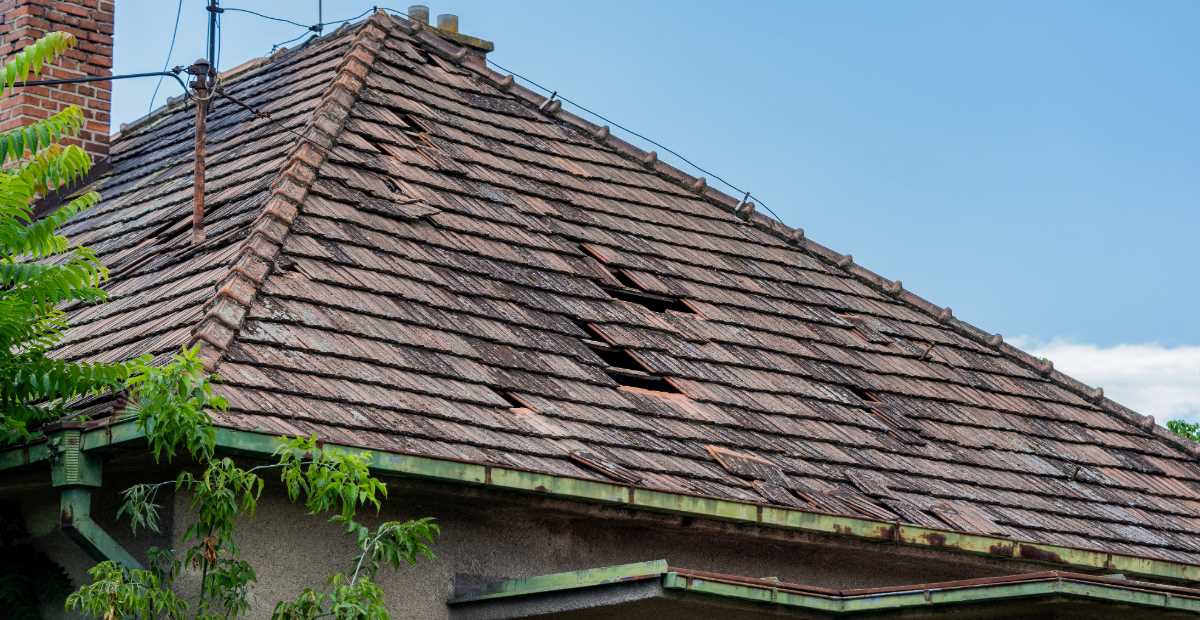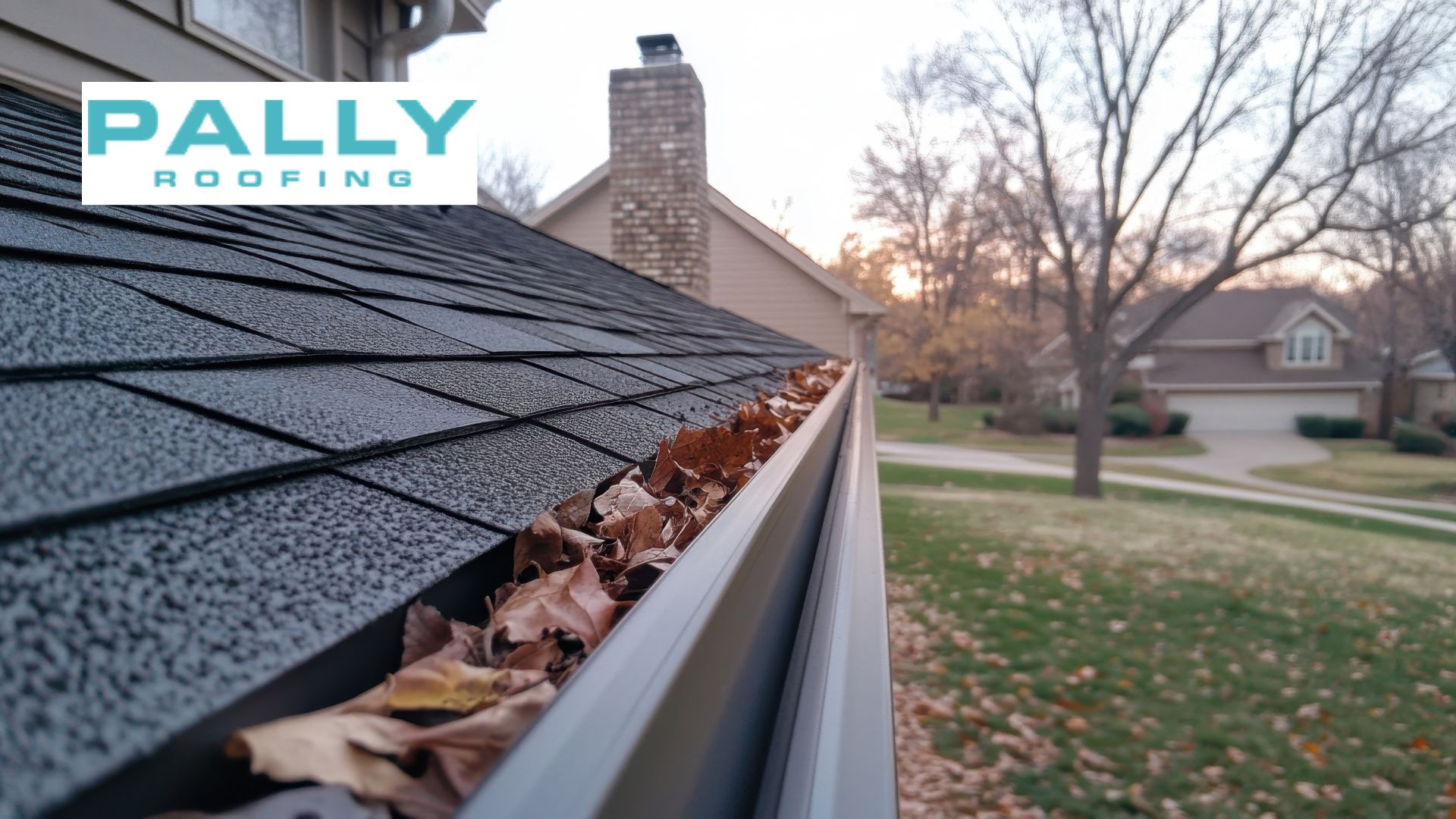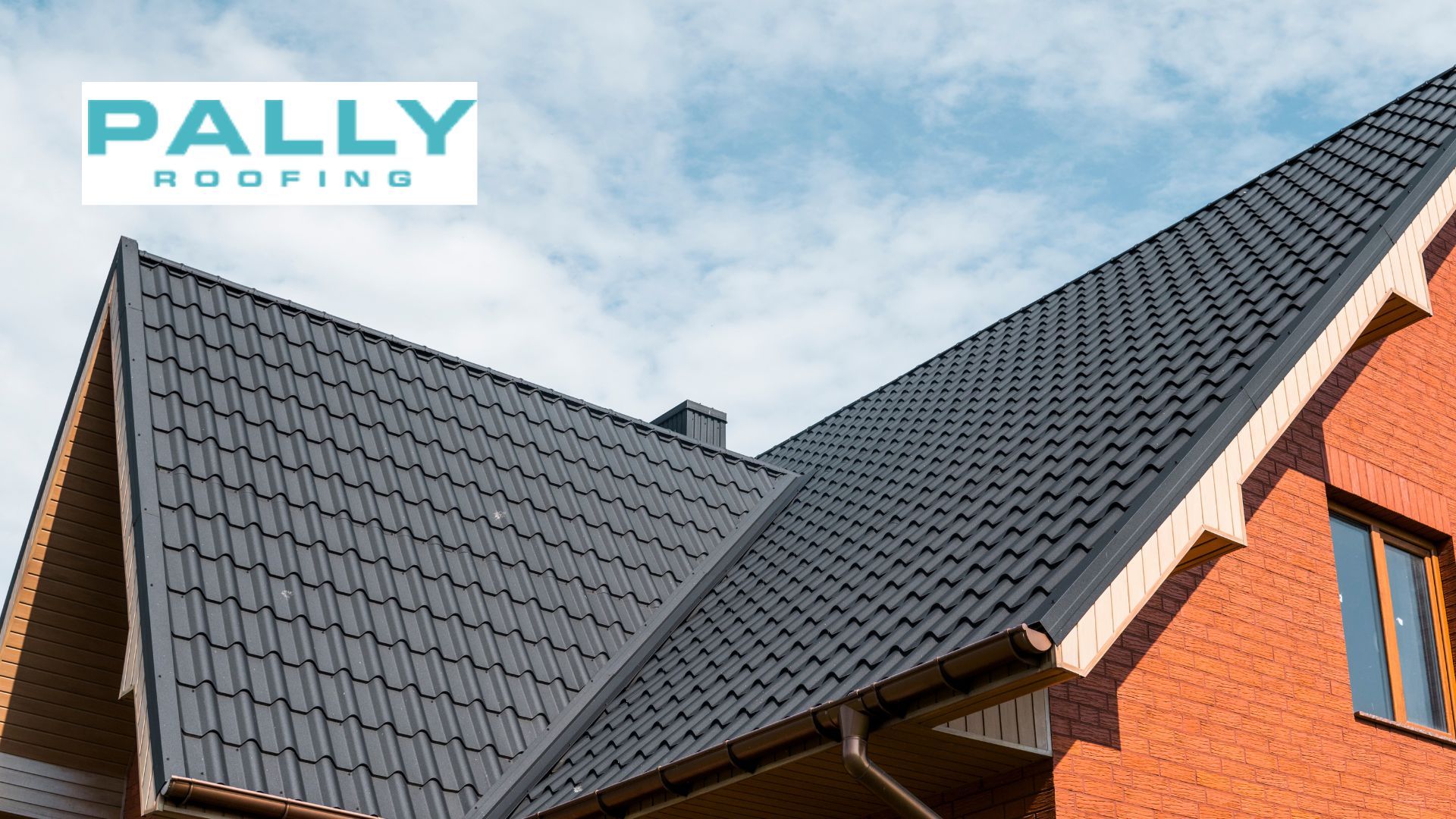Last updated on July 12th, 2024 at 12:04 pm
A well-maintained roof is crucial for the safety and integrity of your home. It shields your family and belongings from the elements, provides insulation, and contributes to the overall aesthetic appeal of your property.
Table of Contents
However, even the most durable roofs can show signs of wear and tear over time. Recognizing when it’s time for a new roof can save you from costly repairs and potential hazards.
This article is designed to help homeowners identify the key indicators that signal it’s time for a roof replacement. By understanding these signs, you can proactively protect your home and ensure its longevity.
Factors To Consider When It’s Time For A New House Roof:
- Age
- Visible Damage
- Leaks and Water Damage
- Energy Efficiency
- Structural Issues
- Aesthetic Considerations
How to Know When It’s Time for a New House Roof

Age of the Roof
The age of your roof is a critical factor in determining its condition. Different roofing materials have varying lifespans:
- Asphalt Shingles: 15-30 years
- Metal Roofing: 40-70 years
- Tile Roofing: 50-100 years
Knowing the age of your roof helps you anticipate when it might need replacement. If your roof is approaching the end of its expected lifespan, it’s wise to start planning for a replacement.
Visible Damage
Regularly inspecting your roof for visible damage can prevent minor issues from becoming major problems.
- Cracked, Curled, or Missing Shingles are clear signs that your shingles are deteriorating and can no longer effectively protect your home.
- Damaged or Missing Flashing: Flashing prevents water from seeping into your home. Damaged or missing flashing can lead to leaks and water damage.
- Granules in Gutters: Asphalt shingles shed granules as they age. Excessive granules in your gutters indicate that your shingles are wearing out.
Leaks and Water Damage
Water damage inside your house seriously indicates that your roof may need replacement.
- Signs of Water Damage: Look for stains on ceilings and walls, mold growth, or damp spots. These are often signs that water is penetrating your roof.
- Importance of Addressing Leaks Promptly: Ignoring leaks can lead to structural damage, mold growth, and increased repair costs. Addressing leaks as soon as they are noticed can prevent more extensive damage.
Recognizing these signs early can help you take proactive measures to maintain the integrity of your home.
Structural Issues

Sagging Roof Deck
A sagging roof deck is a severe concern that indicates underlying structural issues.
- Causes of a Sagging Roof Deck: Common causes include prolonged exposure to moisture, inadequate support, or excessive weight on the roof (e.g., heavy snow or ice).
- When to Be Concerned: If you notice sections of your roof that appear to be sagging, it’s essential to address them immediately. A sagging roof can compromise the structural integrity of your home, leading to potential collapse if left unattended.
Mold and Rot
Mold and rot in the roof structure are critical problems that need immediate attention.
- Indications of Mold or Rot: Look for black or dark stains, a musty odor, or wood that appears soft, crumbly, or discolored.
- Health Implications and Structural Dangers: Mold can cause health issues such as allergies, respiratory problems, and other severe conditions. Rot weakens the roof structure, increasing the risk of collapse and damage to your home.
Identifying and addressing these structural issues promptly can prevent costly repairs and ensure the safety of your home.
Energy Efficiency
Increased Energy Bills
An old or damaged roof can significantly impact your home’s energy efficiency, leading to higher energy bills.
- How an Old or Damaged Roof Affects Energy Efficiency: Worn-out roofing materials and gaps in the roof can allow air to escape, forcing your heating and cooling systems to work harder to maintain a comfortable temperature.
- Signs That Your Roof Is Not Providing Proper Insulation:
- Drafts: Noticeable drafts in your home, especially in the attic.
- Uneven Temperatures: Inconsistent temperatures across different rooms.
- High Energy Bills: A sudden or unexplained increase in energy costs.
Addressing these issues with a new, energy-efficient roof can help reduce energy bills and create a more comfortable living environment.
Aesthetic Considerations

Curb Appeal
A new roof can significantly enhance the appearance of your home.
- How a New Roof Enhances Appearance: Fresh, modern roofing materials and colors can update your home’s look, making it more attractive and welcoming.
- Impact on Property Value: A well-maintained, visually appealing roof can increase your home’s market value and attract potential buyers. Investing in a new roof can yield a high return by boosting your property’s overall desirability.
Choosing the Right Roofing Material
Types of Roofing Materials
Asphalt Shingles
- Pros: Affordable, easy to install, available in various styles and colors.
- Cons: Shorter lifespan (15-30 years), less durable in extreme weather.
Metal Roofing
- Pros: Long-lasting (40-70 years), durable, energy-efficient, low maintenance.
- Cons: Higher upfront cost, can be noisy during rain or hail.
Tile Roofing
- Pros: Extremely durable (50-100 years), fire-resistant, and aesthetically pleasing.
- Cons: Heavy, expensive, requires reinforced roof structure.
Considerations for Material Selection
- Climate: Choose materials suited to your local weather conditions. For example, metal roofing is ideal for areas with heavy snowfall, while tile roofing works well in hot climates.
- Budget: Consider the initial cost and long-term maintenance expenses. Asphalt shingles are budget-friendly initially but may require more frequent replacements.
- Aesthetic Preferences: Select a material that complements your home’s style and enhances curb appeal.
Selecting the suitable roofing material is crucial for the longevity and appearance of your home.
Working with a Reputable Roofing Contractor
Tips for Finding and Vetting a Reputable Roofing Contractor:
- Research and Reviews: Look for contractors with positive customer reviews and a strong reputation in the community.
- Licensing and Insurance: Ensure the contractor is licensed and insured to protect yourself from liability.
- Experience and Expertise: Choose a contractor with extensive experience and specialized knowledge in roofing.
Pally Roofing Services
Pally Roofing offers a comprehensive range of roofing services:
- Metal Roofing Installation
- Asphalt Roofing Installation
- Gutter Installation and Repair
Why Choose Pally Roofing for Your Roof Replacement:
- Expertise: Our team has extensive experience in all types of roofing projects.
- Reliability: We are committed to providing prompt and reliable service.
- Customer Satisfaction: We prioritize your satisfaction and offer warranties to ensure peace of mind.
Conclusion
In summary, recognizing the signs that indicate it’s time for a new roof is crucial for maintaining your home’s safety, energy efficiency, and aesthetic appeal. Key indicators include the age of your roof, visible damage, water leaks, structural issues, and increased energy bills.
Regular professional inspections and choosing the suitable roofing material are essential to ensure your roof’s longevity.
If you notice any of these signs of damage, it’s important to take action promptly to prevent further issues and costly repairs.
Contact Pally Roofing for expert advice, professional inspections, and top-quality roofing services.
Author
-

With more than 16 years of hands-on experience, Phillip Schmucker is the knowledgeable owner of Pally Roofing. His dedication to superior roofing services has earned him a reputable place in the industry. Phillip also shares his extensive expertise through writing, providing readers with practical tips and professional advice on various roofing topics. Follow him on LinkedIn.
View all posts






